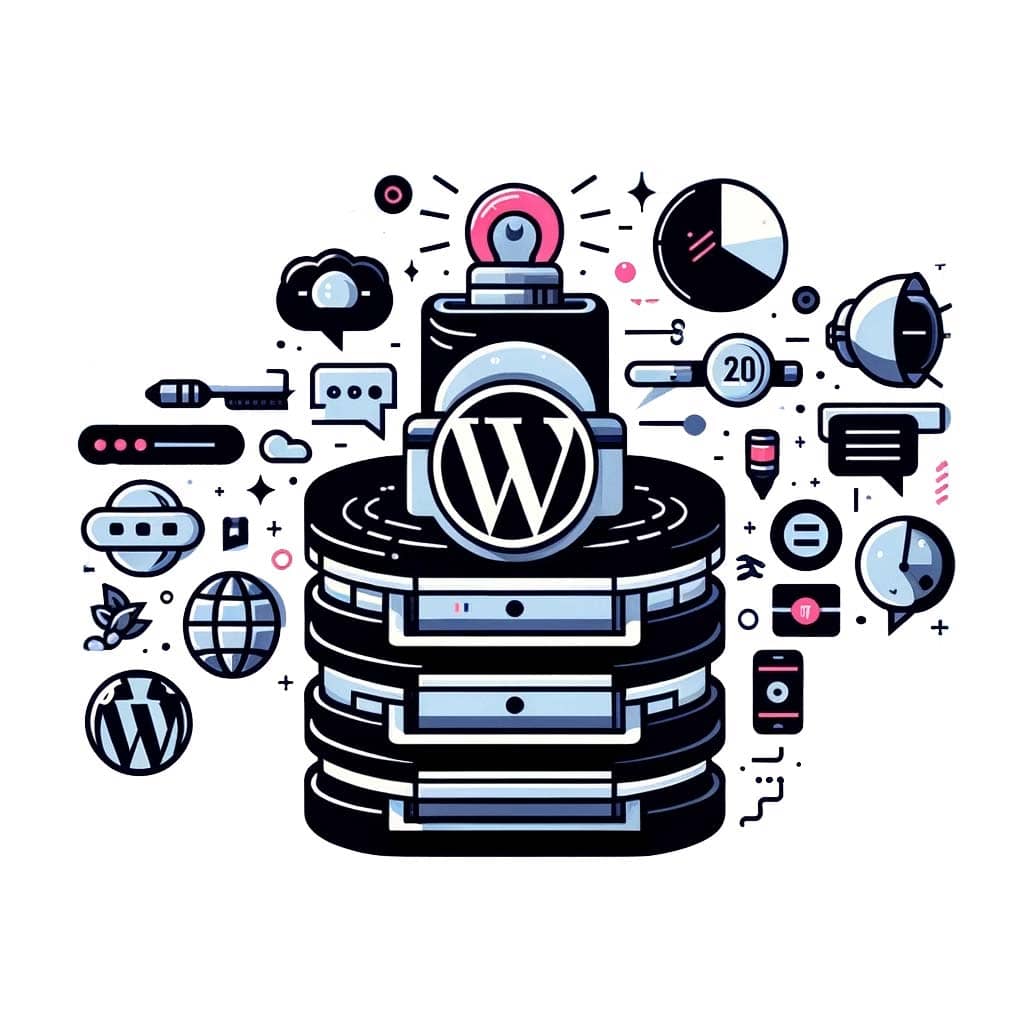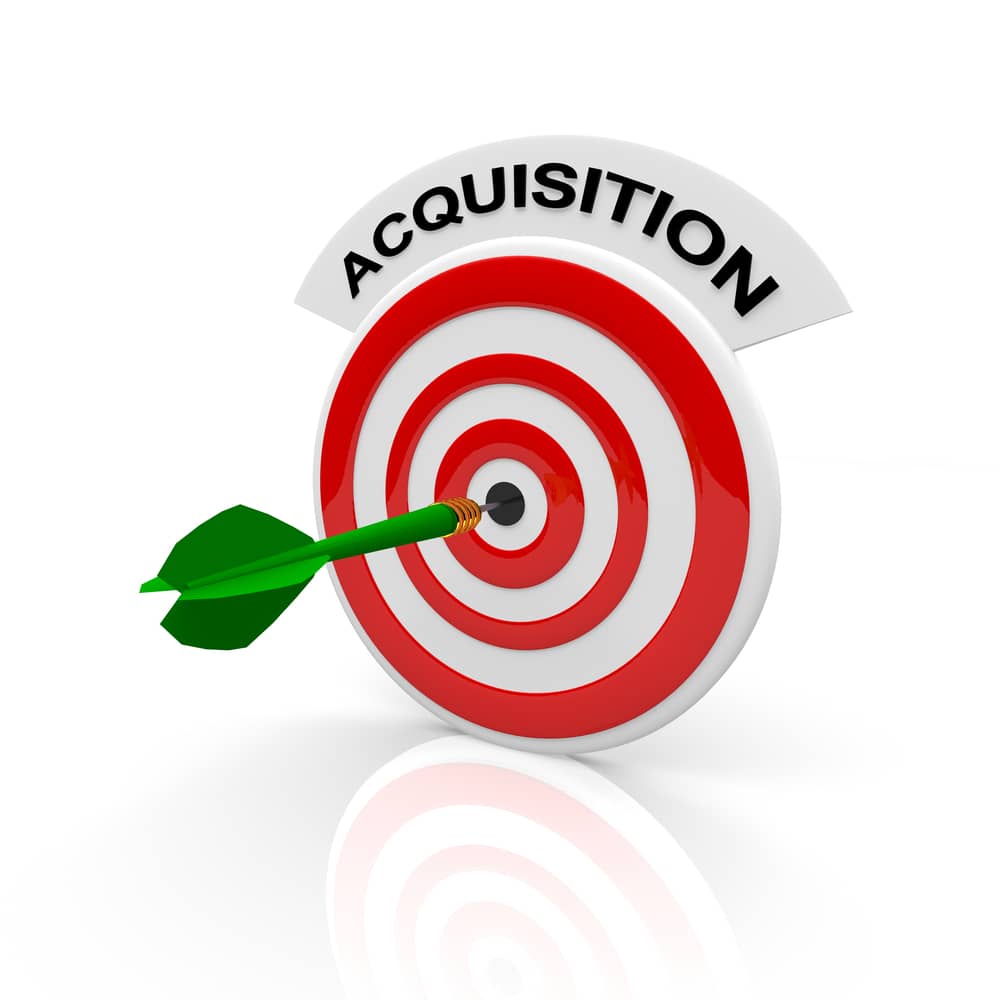SaaS focused on Sales?
Must have 3 Acquisition metrics to monitor
WHAT is Acquisition metrics?
If you ask me personally, then Acquisition metrics = Success metrics. Its why you have your SaaS for the first place.
A marketeer would answer it with a segmented sentence, complicating it further. Acquisition is the total of three distinct stages: lead generation, lead nurturing, and sales.
Whatever is your Success, and whatever you call it (Growth, Performance, Results) its tied to your specific niche. If your SaaS is all about promoting YOUR app, then your Acquisition is all about those who want to purchase YOUR apps (or at least consider).
You need a clearly defined acquisition strategy to bring the right "interested people" in to your SaaS to convert them. But how do you set up and then evolve you acquisition strategy? The answer lies in your tracked acquisition metrics. By tracking these metrics, you monitor your business and make data-driven decisions for your growth. And never forget: "What gets measured gets managed!".
Figure out fast and early whether or not you’re FOCUSING the real HUMANS. Buying digital fluff (leads, clicks, follows, visits, downloads, subscribers or whatnot's) mostly makes reporting beautiful and bank account empty. Then optimize the acquisition costs (make it cheaper or get more for the same cost). Expand that knowledge into further campaigns. Optimize again, over a specific time frame, and you'll have a more effectively budget.
WHY monitor Acquisition metrics?
Acquisition Metrics are KPIs, and KPIs are Important for your SaaS. Said one voice, in a whimsical tone.
Acquisition metrics and KPIs help SaaS businesses to gain an in-depth understanding of how their marketing efforts are contributing towards goal achievement. Customer acquisition metrics are important because they provide tangible insights into the effectiveness of your marketing and sales efforts.
These Acquisition metrics allow you to track the cost of each customer, understand the value they bring to your SaaS business, and measure the success of your conversion strategies. With this information, you can make data-driven decisions to optimize your acquisition process, allocate resources wisely, and maximize your return on investment.
Monitor ONLY 3 Acquisition metrics?
3 is just a personal recommendation. Not small enough to get ignored, yet big enough to get noticed, even if you glimpse over them.
Set up Acquisition notification via important channels like email, sms, alerts, notifications that work for your SaaS. Not all the time will this be perfect, but should be important enough to not get forgotten. Make sure these Acquisition alerts are scheduled on a day/hour when intervention is possible. Friday, late afternoon is translated to either Monday late afternoon, or ignored and skipped.
Frequency? Depends.
If this makes or breaks your budget THIS month, then monitor this weekly.
If this makes or breaks your Q1-Q2-Q3-Q4, them monitor this monthly.
If this is a subject for a meeting, then schedule this BEFORE that said meeting.
In all cases, should consider MOM (month over month) and YOY (year over year) monitoring. Helps understanding where you're heading, at what expected point (logical and educated deduction).
SaaS focused on Sales? Start monitoring your Acquisition metrics today!
SaaS focused on Sales?
Must have 3 Acquisition metrics to monitor
#1 - Sales Conversion Rate
Sales Conversion Rate for an SaaS application focused on Sales, measures the percentage of leads, that turn into paying customers, after going through the sales process.
Why track Sales Conversion Rate? The Sales Conversion Rate metric helps you evaluate the effectiveness of your sales strategies and identify areas where improvements can be made. A high conversion rate indicates that your sales team is effective in persuading prospecting leads.
How to calculate Sales Conversion Rate? Divide the number of new customers acquired, by the total number of leads generated, then multiply by 100, to get your percentage.
How to improve Sales Conversion Rate? Provide your sales team with comprehensive training! Enhance the sales pitch based on targeted customer's feedback. Use, refine and implement modern tools for better lead qualification. And often true: Less is more!
SaaS focused on Sales? Start monitoring Sales Conversion Rate metrics today!
#2 - Customer Acquisition Cost
Customer Acquisition Cost for an SaaS application focused on Sales, refers of the total cost associated with acquiring a new customer, encompassing all sales and marketing expenses. Customer Acquisition Cost (also known as CAC) is a priority acquisition metric to monitor.
Why track Customer Acquisition Cost? Monitoring CAC is crucial for understanding the efficiency of your acquisition efforts. High CAC signals unsustainable spending relative to customer value. Low CAC suggests effective strategies based on ROI.
How to calculate Customer Acquisition Cost? Calculate your Customer Acquisition Cost by counting all sales and marketing costs for a given period, and divide by the number of new customers acquired during that same period.
How to improve Customer Acquisition Cost? To reduce CAC, optimize your marketing strategies. Enhance targeting to ensure you attract the right leads. Streamline the sales process to increase efficiency.
SaaS focused on Sales? Start monitoring Customer Acquisition Cost metrics today!
#3 - Average Deal Size
Average Deal Size for a SaaS application focused on Sales, represents to the average revenue generated per sale, providing insight into the revenue potential of your sales efforts.
Why track Average Deal Size? Tracking average deal size helps you understand the financial impact of your sales strategies. It informs forecasting and resource allocation. Larger deals bring faster revenue growth, just make sure supporting costs don't eat into this metric.
How to calculate Average Deal Size? Calculate by dividing the total revenue from sales, during a specific period, by the number of deals closed in that same period.
How to improve Average Deal Size? To increase average deal size, focus on up-selling and cross-selling strategies. Provide additional value through product bundles. Train your sales team to identify and better leverage opportunities for larger contracts.
SaaS focused on Sales? Start monitoring Average Deal Size metrics today!



